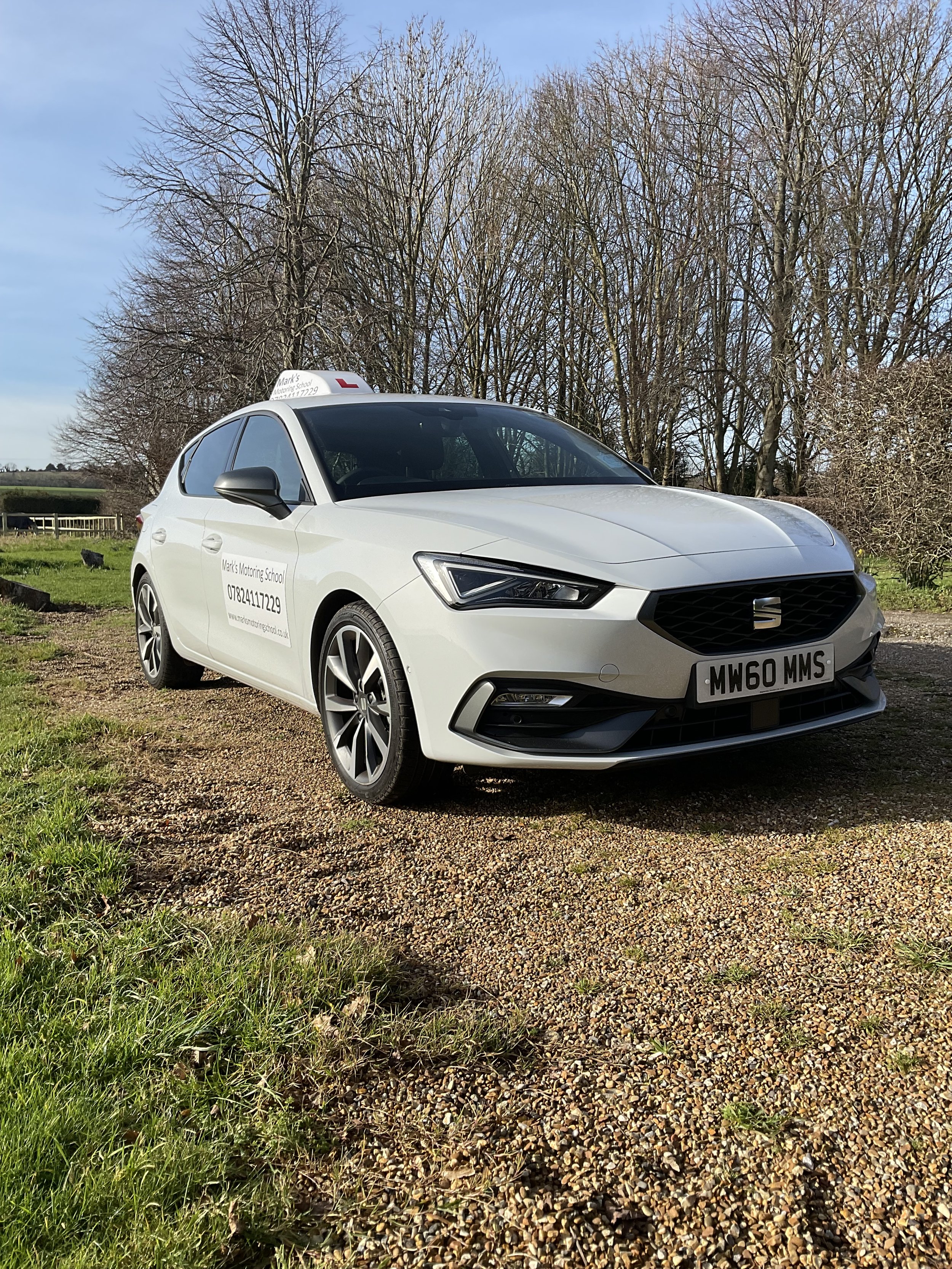
As a Learner Driver you need to master the following topics
In the driver’s seat
As you get into the driver’s seat and take charge of the car key consider how your responsibility has changed, from that of a passenger to that of a driver, as you learn the basics about your tuition car.
a. Cockpit checks
b. Controls and instruments
About the vehicle
When you are driving independently you introduce new risks into your life which are not only related to physically driving. This brings new responsibility such as ensuring your car is properly maintained, with appropriate levels of insurance and breakdown cover. You need to be aware of car crime and ways you can ensure you do not become a victim.
a. Vehicle safety checks
b. Vehicle security
c. Load and passengers
Getting started
Take time to fully master the basics of driving, as they form the foundation of your ability to move safely within the traffic environment. Work with your instructor to develop your own self assessment skills when judging your performance, as calibrating what you can do with what you think you can do, will set the foundations of a safe driver.
a. Moving off
b. Normal driving position
c. Stopping
d. Emergency/controlled stop
e. Meeting traffic
f. Straight reverse
g. Turning left and right
The traffic environment
Combining your driving theory study with practical driving lessons will help develop your understanding of the road environment and rules that govern it. However, driving is more than just following rules, as a driver you will constantly be predicting the actions of other road users and then adapting your speed choice and road position in order to safely integrate.
a. Crossroads
b. Roundabouts
c. Complex junctions
d. Pedestrian crossings
e. Level crossings
f. One way systems
g. Dual carriageways
h. Rural roads
i. Motorway
Hazard Perception
Hazard perception is a complex issue and is not simply about the drivers’ ability to see a hazard. Improve your ability to scan the road environment, identify hazardous situations and react appropriately as you progress through traffic and your driving lessons.
a. Visual search
b. Identifying hazards
c. Prioritising hazards
d. Reacting appropriately
Manoeuvres
Slow speed and high concentration is required to manoeuvre your vehicle in a range of different situations. As well as mastering control, observation and accuracy skills also consider identifying obstacles that may impact on your driving ability in the future. For example, you are late for an appointment, take a wrong turn and have to do a turn in road.
a. Right reverse
b. Left reverse
c. Turn in road
d. Reverse bay park
e. Forward bay park
f. Reverse parallel park
g. Pull up on right hand side
Responsible Driving
Research tells us more hours of driving practice pre-test before solo driving can reduce a new driver’s crash risk. Develop your driving to a high standard while gaining a wider exposure to a variety of road types, traffic densities, weather and light conditions.
a. Eco-safe driving
b. Independent driving
c. Vulnerable road users
d. Night driving
e. Adverse weather
f. Commentary driving
New Driver Scenarios
New drivers can find themselves exposed to a wide range of scenarios that could negatively influence their driving. Work with your driving instructor to consider the issues, how they may affect your driving decisions in the future (beyond the driving test) and start to develop a range of driving strategies that will keep you safe.
a. Distractions
b. The influence of others
c. Fatigue
d. Speed choices
e. Alcohol
f. Drugs
g. In-car safety features